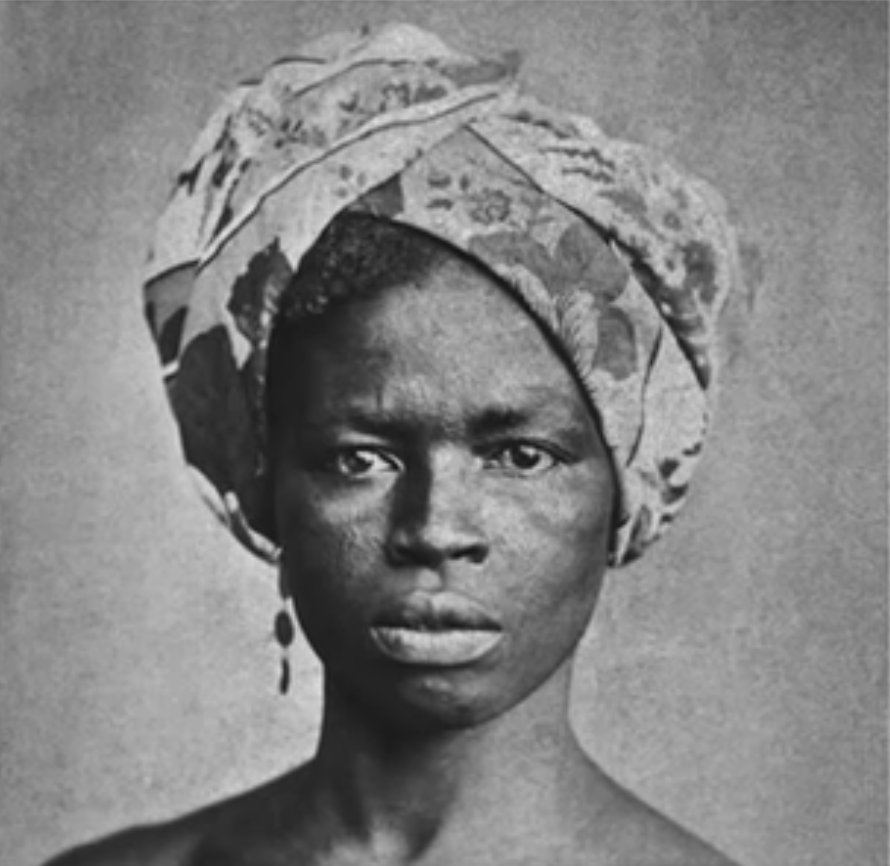
Maria Felipa de Oliveira was an Afro-Brazilian independence fighter who was from the island of Itaparica, Bahia. She was very active during the Brazilian War of Independence.
The struggle for Brazilian independence against the Portuguese lasted for more than a year and a majority of the battle was fought on the Itaparica island.
Three women were noted for playing a key role in the struggle for Bahia’s independence in 1823 and Maria was among them the military figure Maria Quitéria and Sister Joana Angélica.
As a result of how poorly documented Maria Felipa de Oliveira’s life was, a lot about her is unknown. She was born on Itaparica Island, though the date is unknown. She was a seafood vendor and a labourer.
She was a free woman and from oral tradition, she practised capoeira. It’s also said that it’s likely that she was the daughter of an enslaved family who came from Sudan.
She led 200 people, mostly the women of Afro-Brazilian and indigenous populations of Tupinambás and Tapuias, during the Battle of Itaparica, January 7–9, 1823.
The government of Bahia advised that the residents of the island evacuate, but Maria Filipa and the opposition group stayed, because of a long-standing conflict, known as the mata-marotos, between the Portuguese and ethnic minorities in Bahia.
The opposition group strengthened the island by building trenches along its broad beaches, dispatching supplies to the inland Recôncavo region, and monitoring the coast by day and night to prevent the Portuguese troops from landing.
Ubaldo Osório Pimentel recorded that Maria Filipa’s opposition group set fire to some of the 42 Portuguese vessels docked in the vicinity of the island to invade the city of Salvador. The group also set fire to the Canhoneira Dez de Fevereiro on October 1, 1822, on the Beach of Manguinhos and the Constituição on October 12, 1822 at Praia do Convento.
Maria Filipa and other opposition groups fought against the Portuguese on land during the same period. They made use of the peixeira, a knife used in fishmongering; and branches of cansanção, any of the numerous available species of plants that were highly toxic to the skin.
Two watchmen of the vessels, Araújo Mendes and Guimarães das Uvas, were seduced by members of Maria Filipa’s group; once they were nude and drunk, they were beaten to death.
The “seduction tactic” was also done in Saubara in the nearby inland city of Santo Amaro. Women in the two areas came as souls of the dead by using masks and sheets, this tactic caused the Portuguese to run away and then the women fighters could get relief supplies to the Brazilian troops hiding in remote inland areas.
These women kept fighting till the day the flag of Brazil was first raised over the Forte de São Lourenço. Maria Filipa, Joana Soaleira, Brígida do Vale, and another woman known as Marcolina lived in the warehouse of the wealthy Portuguese fish merchant called Araújo Mendes.
Maria died on the 4th of July, 1873. Her burial details aren’t known.
SEE ALSO: Everything You Need To Know About The 1966 Upper Voltan Coup D’état

